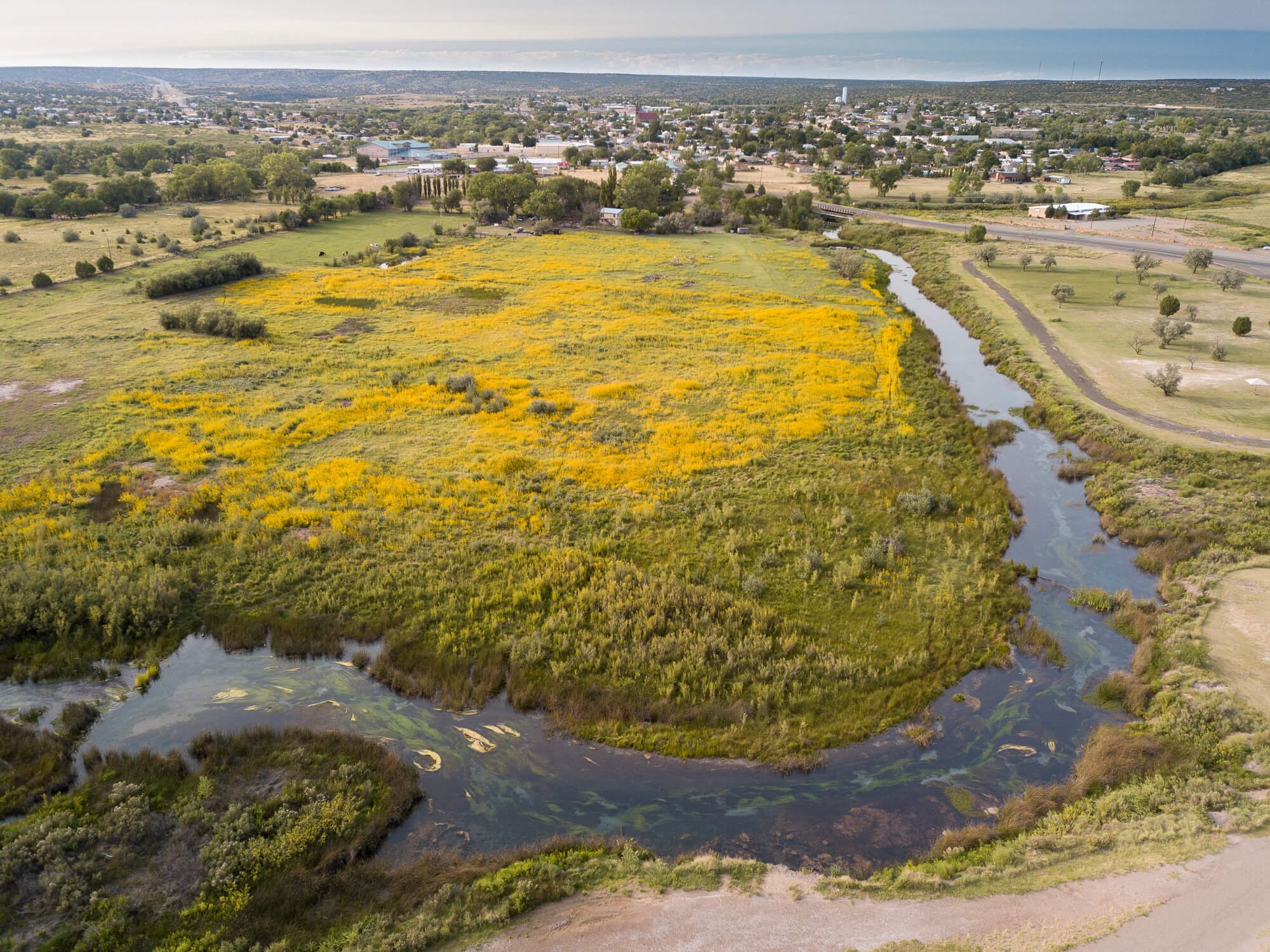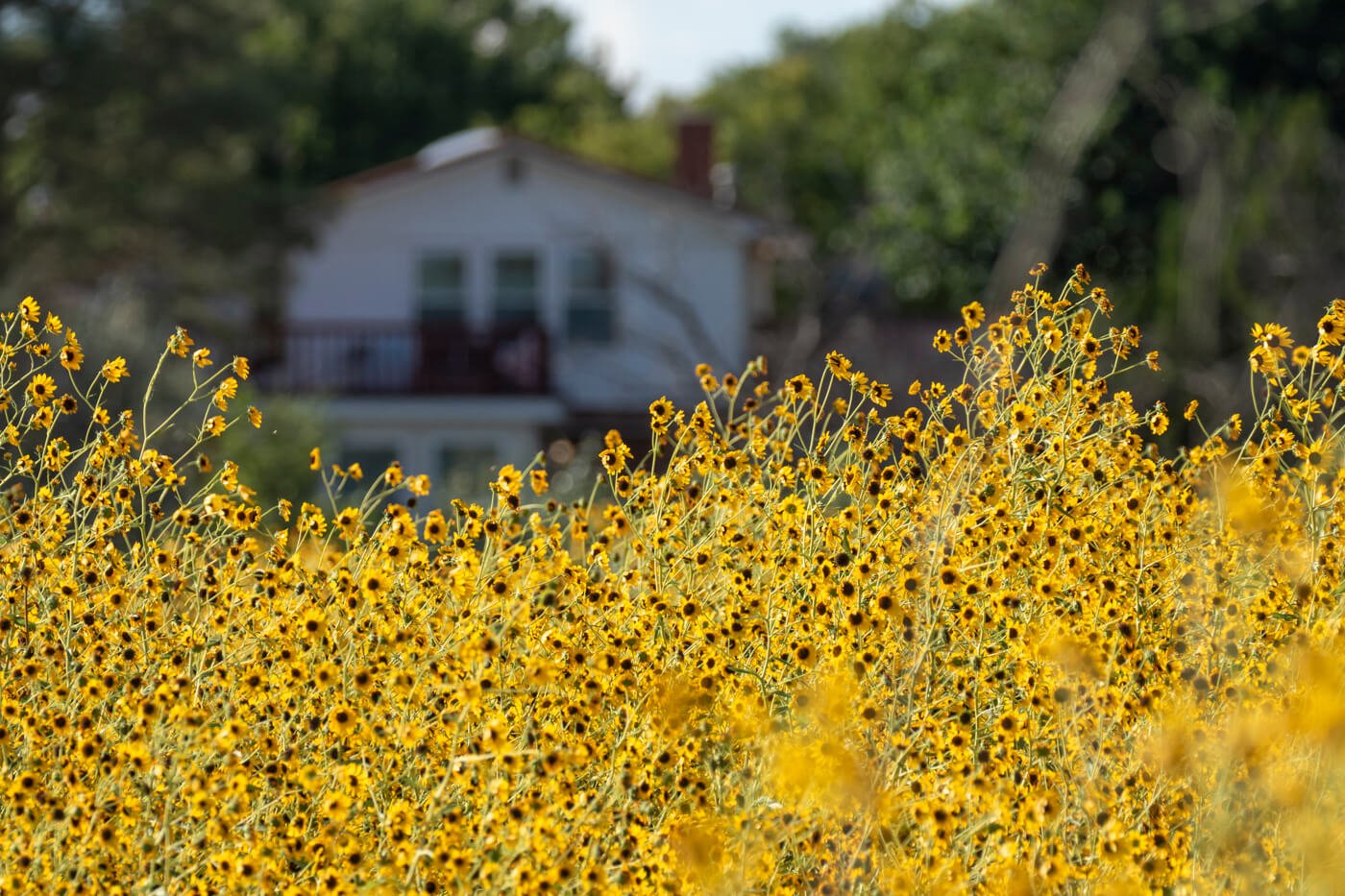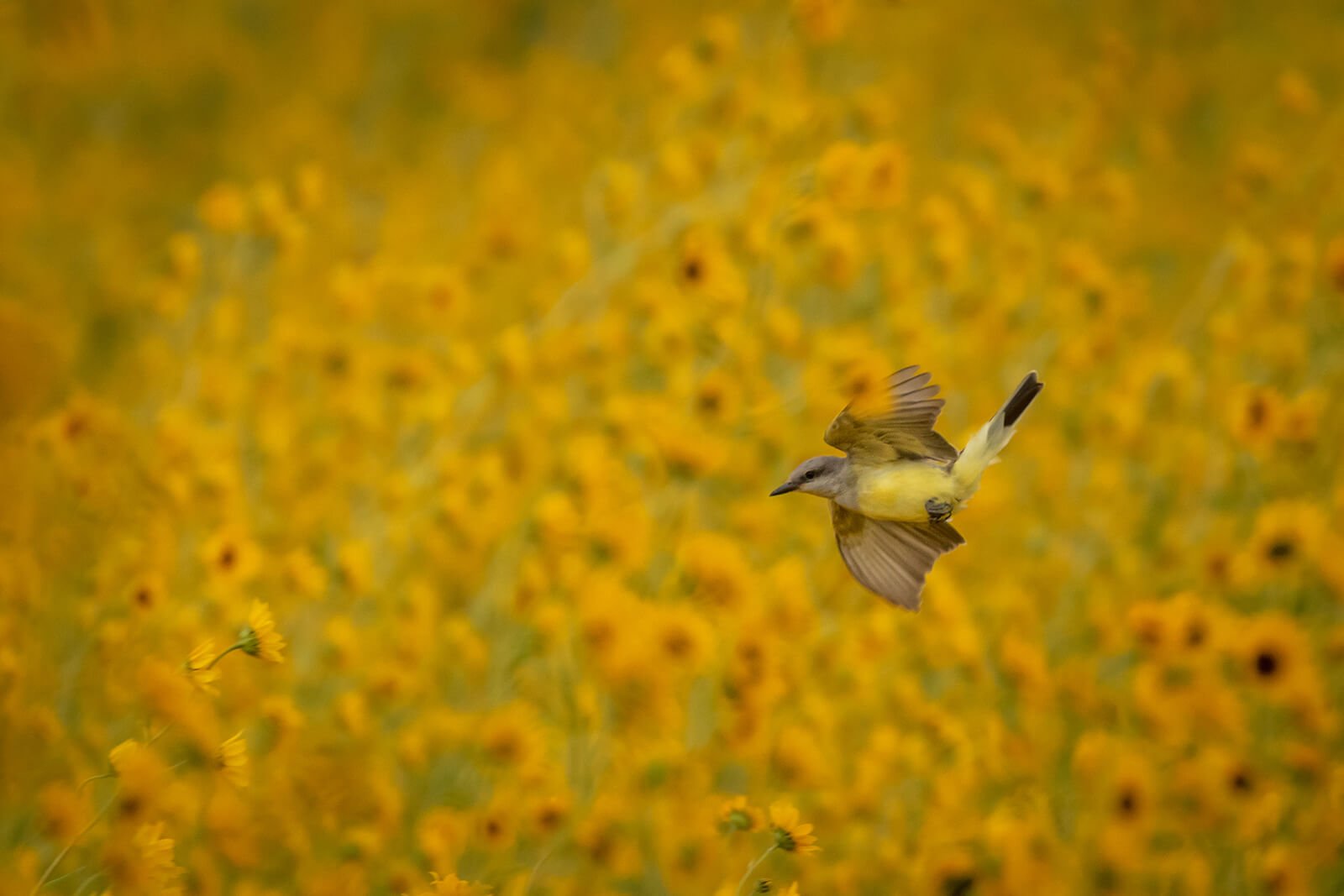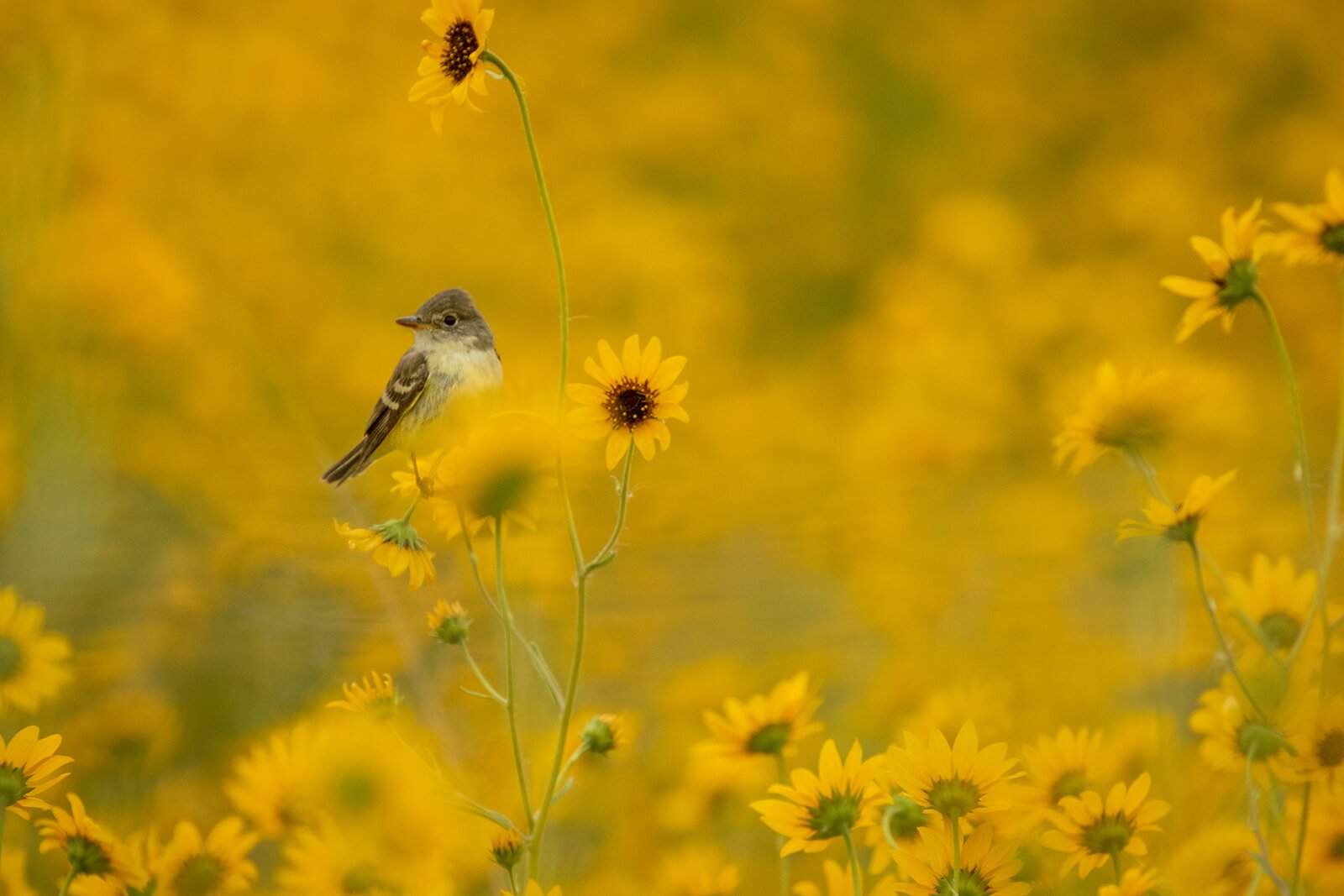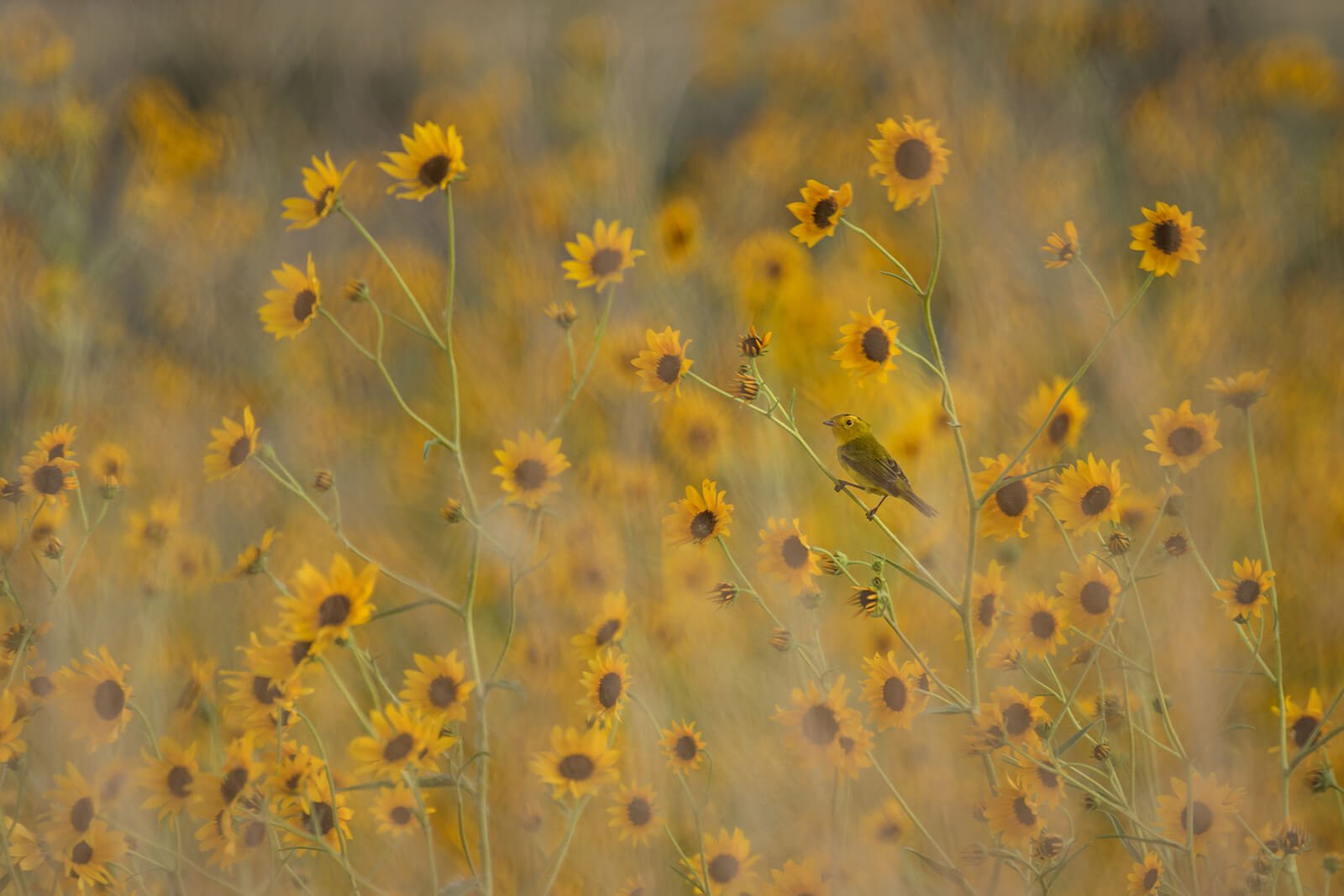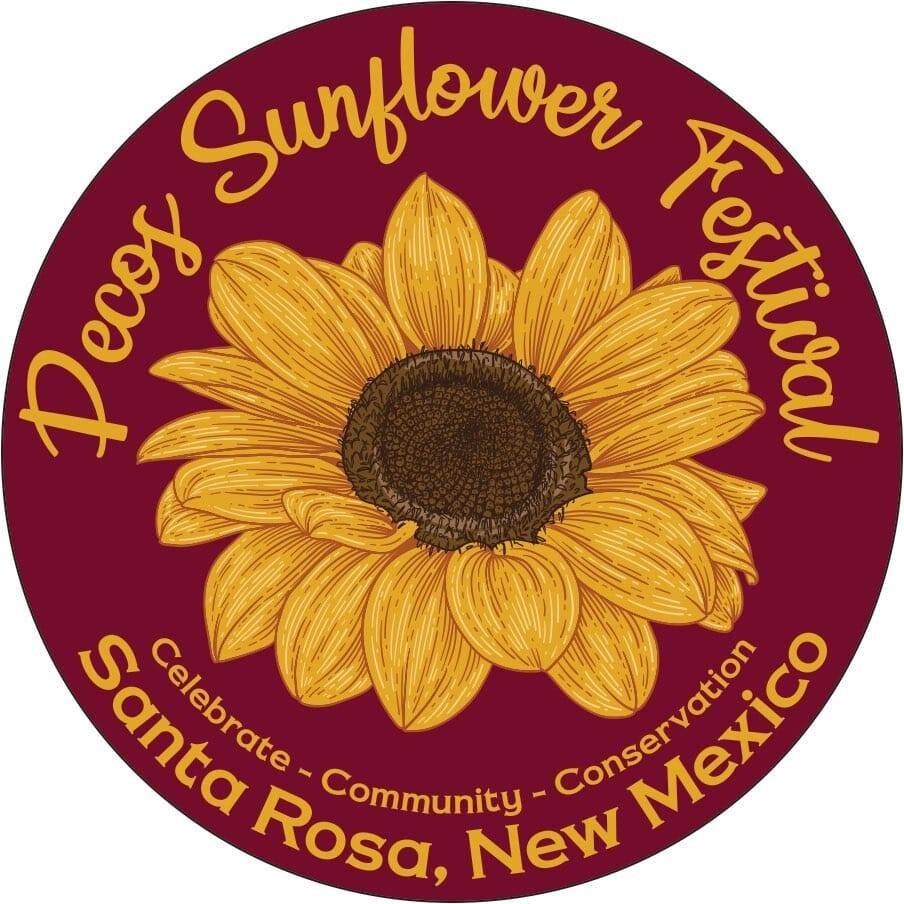Pecos sunflower: the spirit of the ciénega
“Every ecology, every community of plants and animals and soil, has its own particular kind of personality, or intelligence, which affects the people who live in it in many different ways. We all know it; we feel it in the places we live, and we feel it especially as we move around the planet. Modern science might use different words, but it tells us exactly the same thing: the topography of a place, its geology, its weather, the flora and fauna which inhabit it alongside us – all of these aspects of a place contribute to the character and sense of identity of the people who live there. Carl Jung called this process of shaping ‘the conditioning of the mind by the earth’: every country, he said, along with the people who belong to it, is characterised by a collective attitude or state of mind called the spiritus loci. ‘The soil of every country holds ... mystery’, he wrote. ‘We have an unconscious reflection of this in the psyche.’ “ - Sharon Blackie in The Enchanted Life
What is the Pecos sunflower (Helianthus paradoxus) and how is it different than other sunflowers?
As one of New Mexico’s rarest wildflowers, the Pecos sunflower is distinguished by a lighter yellow color, smaller flowers, and leaves that have three parallel veins. But most importantly, it only grows in ciénegas (arid land wetlands) or saline wetlands of New Mexico and western Texas.
WHERE IS THE PECOS SUNFLOWER FOUND?
This rare wildflower was listed as federally threatened in 2005. The Pecos Sunflower is known in only seven locations in New Mexico and western Texas.
The only known habitat for this species are the saline ciénegas of the Southwestern United State, limited to eastern and central New Mexico and very western Texas.
In Santa Rosa, the Pecos sunflower inhabits and urban home. One of the largest stands of the Pecos sunflower is on the edge of the rural community of Santa Rosa in central New Mexico.
Here, this beautiful native plant grows in ciénegas fed by the ancient crystalline spring waters that bubble up from the karst topography beneath - an underground landscape where water erodes soluble limestone, gypsum, and sandstone layers.
Bob Sivinski, the former state botanist of New Mexico, identified and put this stand of flowers on the map. He encountered them while visiting the natural spring and sinkhole lake that is a world-famous scuba location. Locals did not know they were different than any other sunflower and thought they were a weed to be removed.
Globally rare, they are locally abundant. On years with ample winter rains and snow, the Pecos sunflower blooms on Blue Hole Ciénega Nature Preserve by the thousands and turns acres of land into a sea of gold.
HOW DOES THE PECOS SUNFLOWER INTERACT WITH POLLINATORS?
When in bloom, the fields of sunflowers buzz with the busy work of pollinators. Many insects depend on this late summer feast that the sunflowers on the ciénega provide.
And, many songbirds feast on the insects.
This native wildflower is the spirit of the ciénega in Santa Rosa.
“Plant blindness,” a term coined in 1998 by two botanists, is the “the inability to see or notice the plants in one’s own environment,” This under-appreciation for the flora around us results in a limited interest in plant conservation. For example, under the Endangered Species Act, plants do not benefit from the same protections as animals. Plants are only protected from collecting on federal and state lands (depending on state laws). On city, tribal, and private lands, plants only receive protection or conservation measures in the form of good-will from land owners.
As a result, one-third of the world's plants are at risk of extinction. Why does that matter? Plants, even more than animals, are providers of food, shelter, medicine, energy, clothing and oxygen. Whats more, rare species are more likely to have unusual traits that could be useful in the future.
Plants also play important roles in natural ecosystems, they are the foundation of the structure in which animals live and breathe.
With good reason, the beautiful Pecos Sunflower gets the majority of attention in Santa Rosa's ciénegas, as their listing as a federally threatened species has led to the protection of their wetland habitat.
Many other species that are endemic (restricted to this habitat) and rely on arid-land wetlands, have benefited from this protection. At least eight rare and endangered plants are found in the Southwest's ciénegas. Because this ecosystem is not well-studied and a single spring can harbor endemic species, the numbers of endangered plants are likely higher.
HOW CAN I SEE THE PECOS SUNFLOWER?
The best time to see the Pecos Sunflower bloom is to visit during the Pecos Sunflower Festival held each year the second weekend of September in Santa Rosa, New Mexico. Enjoy live music, conservation talks, painting parties, bird walks, swim in Blue Hole Lake and more.
Visit the Story Map to learn where to go to see the Pecos sunflowers and more:
A NATURALIST’S TOUR OF SANTA ROSA: A guide to the area's natural wonders during the Pecos Sunflower Festival...and where to find a great cup of coffee or enchiladas too!
Learn more about the sunflower that inspired a community to conserve their natural heritage:
READ THE ARTICLE IN NEW MEXICO MAGAZINE
VISIT THE STORY MAP LAS CIÉNEGAS: THE AMERICAN SOUTHWEST’S MOST ENDANGERED ECOSYSTEM
VISIT THE PECOS SUNFLOWER FESTIVAL ON FACEBOOK




